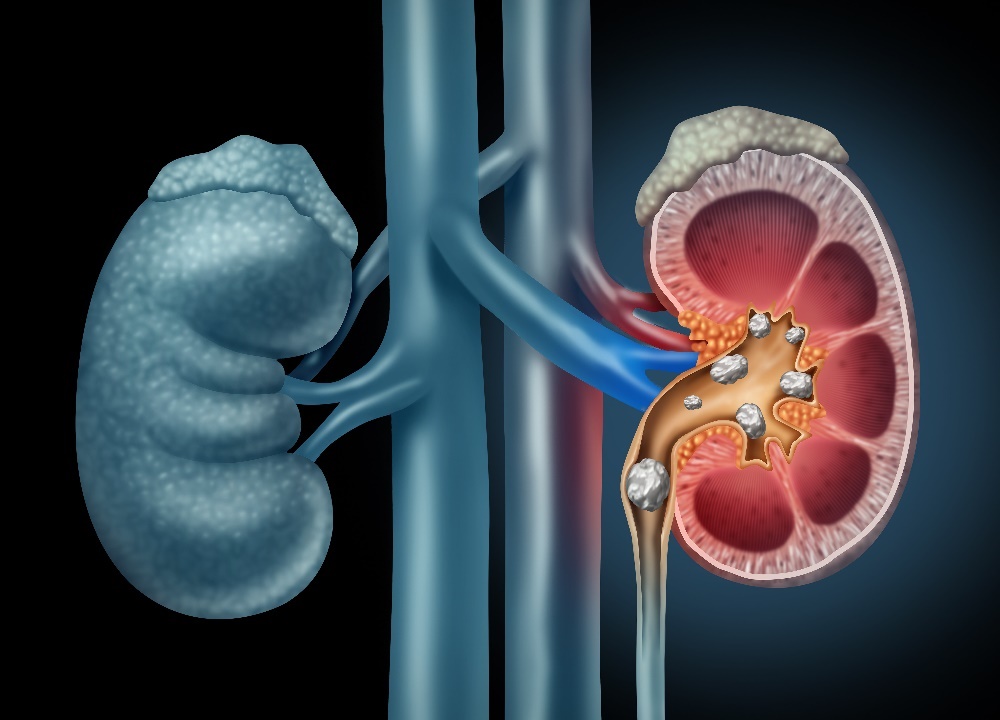A nurse is educating a client who was recently diagnosed with cancer and tells the nurse they are worried about infertility following radiation treatment. Which of the following interventions should the nurse recommend?
Use chemotherapy instead of radiation.
Use fertility medications during treatment.
Use radiation shielding techniques.
Use surgical interventions to remove the cancer.
The Correct Answer is C
Choice A reason:
Using chemotherapy instead of radiation may not be a viable option as the treatment plan is based on the type and stage of cancer. Chemotherapy can also affect fertility, so it is not a direct solution to the concern of infertility.
Choice B reason:
Fertility medications during treatment might help preserve fertility, but they do not address the direct impact of radiation on reproductive organs. Additionally, the use of such medications should be discussed with an oncologist and a fertility specialist.
Choice C reason:
Radiation shielding techniques involve using protective shields to limit radiation exposure to the reproductive organs. This can help reduce the risk of infertility caused by radiation, especially when the pelvic area is involved in the treatment.
Choice D reason:
Surgical interventions to remove the cancer may be part of the treatment plan, but they do not directly address the concern of radiation-induced infertility. Surgery can also result in infertility, depending on the organs involved and the extent of the procedure.
Nursing Test Bank
Naxlex Comprehensive Predictor Exams
Related Questions
Correct Answer is ["A","C","D"]
Explanation
The correct answer is: a. Temperature, c. Color, d. Sensation.
Choice A: Temperature
Reason: Monitoring the temperature of the affected extremity is crucial in evaluating neurovascular status. A cool or cold extremity can indicate decreased perfusion, which may be a sign of neurovascular compromise. Normal skin temperature should be warm to the touch, indicating adequate blood flow.
Choice B: Ecchymosis
Reason: Ecchymosis, or bruising, is not a direct indicator of neurovascular status. While it can provide information about trauma or bleeding, it does not assess the functionality of nerves or blood vessels in the affected extremity.
Choice C: Color
Reason: Assessing the color of the extremity is essential. Pallor or cyanosis can indicate poor blood flow or oxygenation, which are critical signs of neurovascular impairment. Normal color should be consistent with the rest of the body, indicating good circulation.
Choice D: Sensation
Reason: Evaluating sensation helps determine if there is any nerve damage or impairment. Changes in sensation, such as numbness or tingling, can indicate neurovascular compromise. Normal sensation should be intact and symmetrical with the unaffected extremity.
Choice E: Skin Integrity
Reason: While skin integrity is important for overall wound healing and infection prevention, it is not a primary parameter for assessing neurovascular status. It does not provide direct information about blood flow or nerve function.
Correct Answer is A
Explanation
Choice A reason: Drink 3L of fluid every day
Drinking adequate fluids, especially water, is one of the most effective ways to prevent kidney stones. Fluids dilute the substances in urine that lead to stones. For someone with a history of kidney stones, drinking about 3 liters of water each day can help prevent stone formation¹².
Choice B reason: Take 3,000 mg of vitamin C daily
High doses of vitamin C can increase the risk of kidney stones as the body converts vitamin C into oxalate, which can then form stones. Therefore, taking 3,000 mg of vitamin C daily is not recommended for individuals prone to calcium oxalate stones².
Choice C reason: Restrict calcium intake to one serving per day
Contrary to what might seem intuitive, restricting calcium intake is not generally advised for preventing calcium oxalate stones. Adequate dietary calcium can help reduce the amount of oxalate being absorbed by the body, thus lowering the risk of stone formation. It's important to consume calcium-rich foods in moderation and not to restrict them severely.
Choice D reason: Eat 12 oz of animal protein daily
A high intake of animal protein can increase the risk of kidney stones in susceptible individuals. Animal protein can increase calcium and oxalate levels in urine and reduce levels of citrate, a substance that prevents stones. Therefore, it's recommended to limit animal protein intake rather than consume large amounts.

Whether you are a student looking to ace your exams or a practicing nurse seeking to enhance your expertise , our nursing education contents will empower you with the confidence and competence to make a difference in the lives of patients and become a respected leader in the healthcare field.
Visit Naxlex, invest in your future and unlock endless possibilities with our unparalleled nursing education contents today
Report Wrong Answer on the Current Question
Do you disagree with the answer? If yes, what is your expected answer? Explain.
Kindly be descriptive with the issue you are facing.
